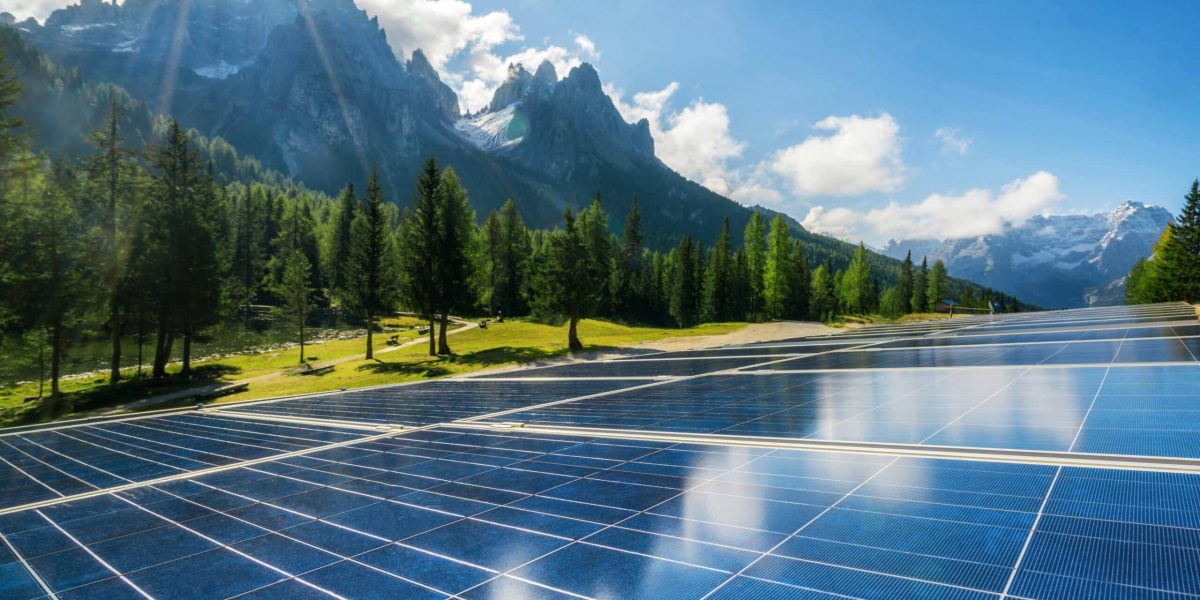How Is Green Tech Revolutionizing Energy Production?
The global push toward sustainability has placed green technology at the forefront of innovation. As climate change accelerates and fossil fuel reserves dwindle, the need for clean, renewable energy solutions becomes more urgent. Green tech is not just an alternative—it’s a transformative force reshaping how energy is produced and consumed worldwide.
From harnessing the sun’s rays to tapping into the power of the wind, green tech innovations are helping humanity transition to a cleaner, more sustainable energy future. But what exactly makes these technologies so revolutionary? The answers lie in their ability to combine efficiency, scalability, and environmental stewardship.
Why Is Renewable Energy Central to Green Tech?
Renewable energy sources, such as solar, wind, and hydropower, are the backbone of green tech. Unlike fossil fuels, these sources are abundant and produce little to no greenhouse gas emissions. Solar panels, for instance, capture sunlight and convert it into electricity without emitting carbon dioxide, making them a popular choice for both residential and industrial applications.
Wind turbines are another key player, harnessing the power of the wind to generate electricity. Advances in turbine design have made wind energy more efficient and accessible, even in areas with less consistent wind patterns. Similarly, hydropower plants, which utilize the flow of water to generate energy, continue to supply a significant portion of renewable energy worldwide.
One of the most exciting aspects of green tech is the integration of multiple renewable sources into hybrid systems. By combining solar panels with wind turbines or hydropower, these systems ensure a steady energy supply, even when one source is unavailable. This versatility is critical as the world shifts toward a decentralized, renewable-based energy grid.
How Does Green Tech Address Energy Storage Challenges?
While renewable energy is crucial, its intermittent nature poses challenges. The sun doesn’t always shine, and the wind doesn’t always blow. This is where energy storage technologies step in to bridge the gap. Innovations like lithium-ion batteries and emerging solid-state batteries are enabling the storage of renewable energy for use during peak demand or when production is low.
In addition to traditional batteries, pumped hydro storage and compressed air energy storage are gaining traction. These systems store energy in physical forms—such as water in elevated reservoirs or compressed air in underground caverns—and release it when needed. Such solutions play a pivotal role in ensuring the reliability of renewable energy.
Another promising development is hydrogen fuel cells, which store energy in the form of hydrogen gas. Hydrogen can be produced through electrolysis powered by renewable energy, creating a clean, sustainable energy loop. As technology advances, hydrogen is expected to become a cornerstone of green tech, powering everything from vehicles to industrial processes.
What Role Does Policy and Innovation Play in the Adoption of Green Tech?
The widespread adoption of green tech relies heavily on supportive policies and ongoing innovation. Governments worldwide are implementing incentives and regulations to encourage the development and deployment of renewable energy technologies. Tax credits, subsidies, and renewable energy mandates are helping make green tech more accessible and affordable.
Private sector innovation also plays a critical role. Companies are investing in smart grid technologies, which optimize energy distribution and consumption. These grids use real-time data to match energy supply with demand, reducing waste and improving efficiency. Similarly, advancements in energy efficiency technologies, such as LED lighting and smart thermostats, are complementing green tech efforts by reducing overall energy consumption.
Public awareness and education are equally important. As more people understand the benefits of green tech, demand for sustainable energy solutions continues to grow. This increased awareness drives investment, innovation, and policy support, creating a positive feedback loop that accelerates the transition to a green energy future.
Can Green Tech Ensure a Sustainable Energy Future?
The potential of green tech to reshape energy production is immense, but challenges remain. Transitioning from fossil fuels to renewable energy requires substantial investment, infrastructure changes, and global cooperation. However, the benefits—reduced carbon emissions, energy independence, and a healthier planet—far outweigh the costs.
Green tech innovations are already making a significant impact. From solar farms powering cities to wind turbines dotting rural landscapes, these technologies are demonstrating their scalability and effectiveness. As energy storage improves and policies become more supportive, the barriers to widespread adoption will continue to diminish.
The future of energy production is undeniably green. By embracing innovation and prioritizing sustainability, humanity can meet its energy needs without compromising the health of the planet. Green tech isn’t just shaping the future—it’s building it.








